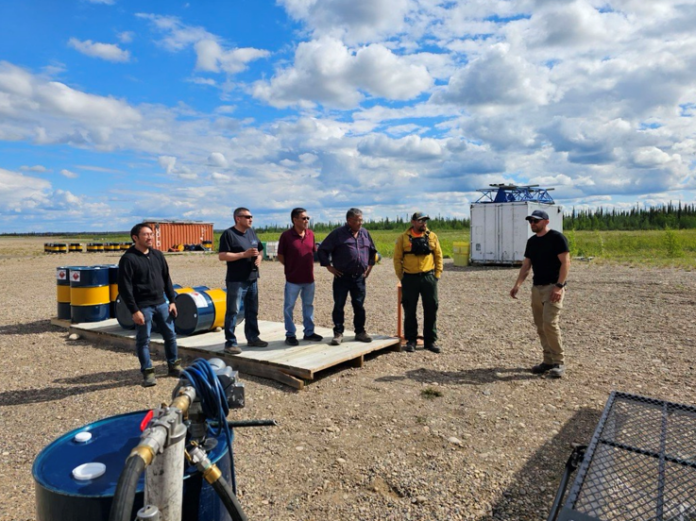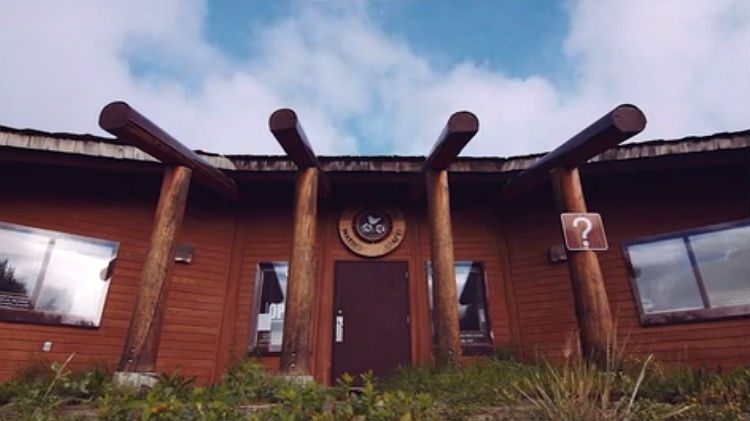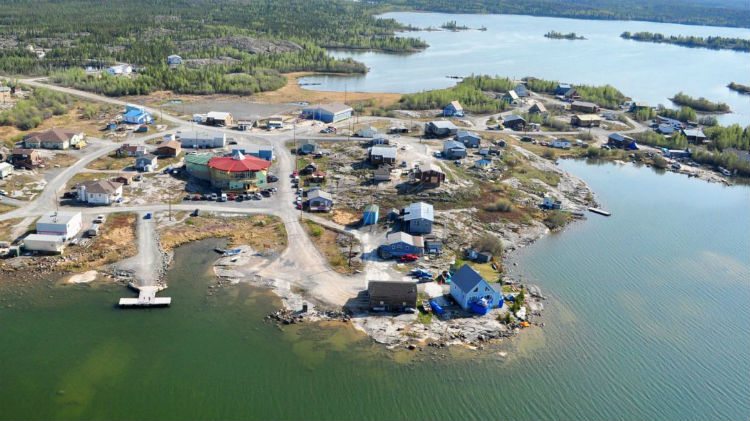
Yesterday, GNWT Environment and Climate Change/FMD arranged a consultation flight with FGH Chief Pierrot and a group of four representatives, including an Elder. Due to light rain and cloudy weather, the fire behavior was not too intense, which allowed for the flight.
The fire, propelled by the wind, has moved away from the community. Information/Liaison Officer Frank McKay stated that the primary concern is the fire perimeter facing the community, and efforts will continue to focus on extinguishing hotspots and creating a 50-foot blackline buffer to eliminate flammable fuel material that could breach the containment lines. Aerial support will be utilized as necessary. Water access issues are limiting our efforts, so we are using water tenders to assist in extinguishing hotspots, while also maximizing our available resources.
Today’s weather forecast indicates a cold front passing through the area by late morning. Expect increasing cloud cover throughout the morning with confirmed chances of rain. Strong northerly winds are anticipated to develop by late morning, then diminish and shift to northwesterly in the afternoon.
The fire has reached the community’s boundaries without any structural damage. It continues to expand away from the community, having grown significantly beyond 4,000 hectares; see the updated map for details. Local firefighter brigades are providing support as necessary, and efforts to protect structures are ongoing.
Crews are persistently patrolling the community’s fire perimeter, searching for and extinguishing hotspots upon detection. They are also working to establish a black line along the fire’s perimeter on the north and northeast sides of the community. Efforts are focused on the east and southeast sections of the fire perimeter, with aerial support targeting hotspots near the community’s airport road. Helicopters and water skimmers will persist in executing strategic water drops to hinder further expansion, safeguard structures, and support ground operations, with airtankers ready if necessary. The Incident Management Team is operational, and structure protection is ongoing. Community engagement and outreach to evacuees take place twice daily, providing fire updates with interpretations available in the local Indigenous language.











